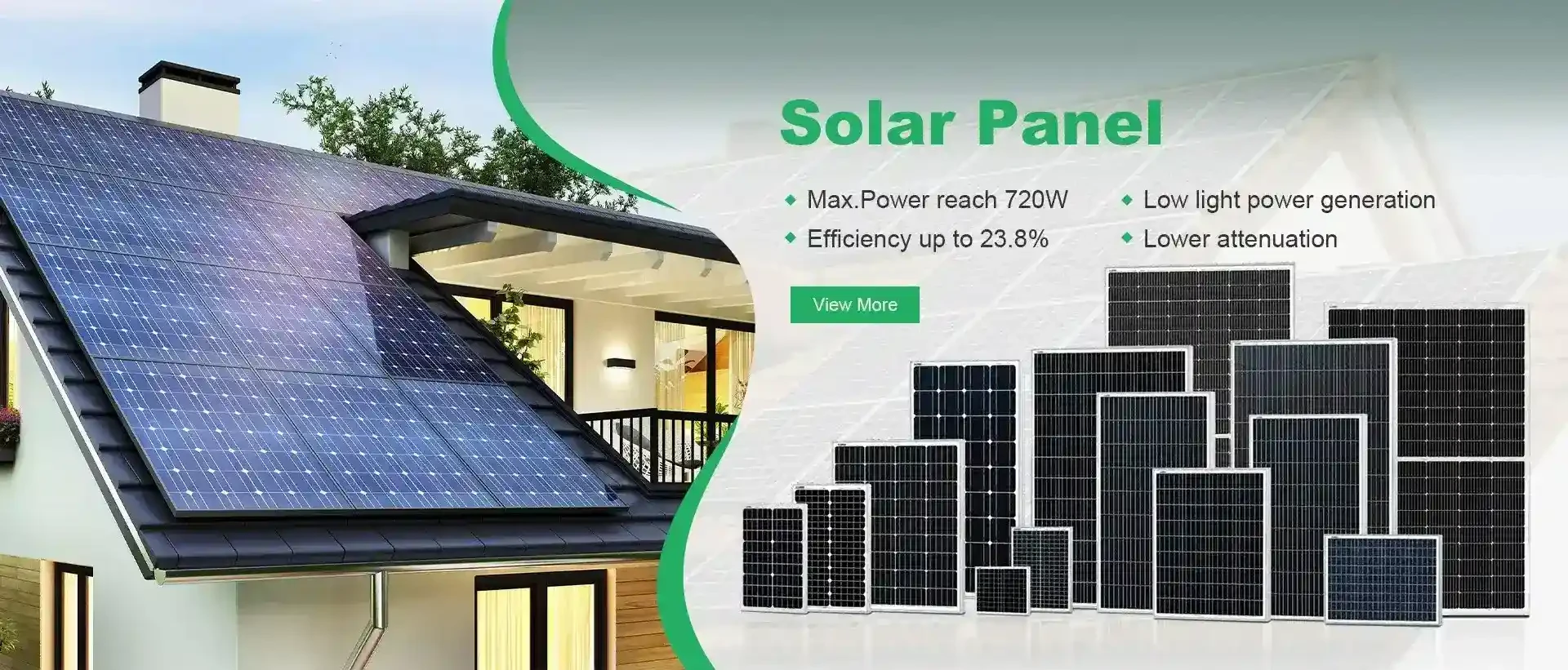maximum theoretical efficiency of solar panels
Maximum Theoretical Efficiency of Solar Panels
Solar energy has emerged as a pivotal solution in the quest for sustainable and renewable energy sources. As global energy demands continue to rise and concerns about climate change intensify, the efficiency of solar panels has become a focal point of research and innovation. Understanding the maximum theoretical efficiency of solar panels is crucial for optimizing their performance and reducing costs, which in turn can accelerate the adoption of solar technology worldwide.
At its core, the maximum theoretical efficiency refers to the highest possible conversion rate of sunlight into electricity that can be achieved by a solar cell, given its material properties. This concept can be quantitatively analyzed using the detailed balance limit, which incorporates various physical and optical phenomena. According to the Shockley-Queisser limit, the maximum theoretical efficiency of a single-junction solar cell made from a semiconductor material, such as silicon, is approximately 33.7% under standard test conditions.
The Shockley-Queisser limit stems from several factors that impede efficiency. Among the most significant are thermalization losses, where excess energy from absorbed photons is lost as heat rather than being converted into electrical energy. Furthermore, there are recombination losses, where electron-hole pairs generated by absorbed photons recombine before they can contribute to the electric current. These challenges underscore the importance of enhancing solar cell technology to approach or surpass these theoretical limits.
Efforts to enhance solar panel efficiency have led to the development of various technologies beyond traditional silicon-based cells. Multijunction solar cells, which stack multiple layers of different semiconductor materials, have shown promise in exceeding the Shockley-Queisser limit. By targeting different wavelengths of sunlight, these cells can achieve efficiencies exceeding 45% in laboratory settings. This cutting-edge approach demonstrates the potential for substantial efficiency improvements in solar technology.
The role of materials in solar cell efficiency cannot be understated. Perovskite solar cells have emerged as a game-changer in the industry, with rapid efficiency gains observed since their inception. These cells can achieve efficiencies over 25%, thanks to their exceptional light absorption capabilities and low manufacturing costs. Ongoing research aims to harness the unique properties of perovskites, pushing the boundaries of efficiency and stability.
maximum theoretical efficiency of solar panels

Another innovative approach involves bifacial solar panels, which capture sunlight from both sides. These panels benefit from reflected light, increasing overall energy output. The ability to utilize indirect sunlight allows bifacial solar panels to achieve efficiencies more advantageous than their traditional counterparts, particularly in environments with high albedo, such as snowy or reflective surfaces.
Moreover, advances in tracking systems, which orient solar panels to follow the sun’s path, have shown to enhance energy capture significantly
. By maintaining optimal angles, tracking systems can increase the effective energy output of solar panels, further elevating their operational efficiency.Despite these advancements, achieving maximum theoretical efficiency remains a challenge. Real-world conditions such as temperature, shading, and air quality can all impact solar panel performance. The pursuit of higher efficiency must also be balanced with considerations of cost, scalability, and durability in diverse environments.
To push the boundaries of solar panel efficiency, collaborative efforts among researchers, manufacturers, and policymakers are essential. Government incentives can stimulate research and development investments, while public awareness campaigns can foster a greater understanding of solar technology's benefits. By prioritizing innovation and sustainability, stakeholders can help transform solar energy into a mainstream energy source.
In conclusion, the maximum theoretical efficiency of solar panels serves as both a benchmark and a challenge for solar technology advancements. While the Shockley-Queisser limit for single-junction cells is about 33.7%, emerging technologies such as multijunction cells and perovskite solar cells pave the way for higher efficiencies. As we continue to innovate and optimize solar energy systems, the dream of a sustainable and clean energy future becomes increasingly achievable. The journey towards harnessing solar power effectively not only promises to meet growing global energy needs but also represents a vital step in combating climate change and ensuring a healthier planet for future generations.
-
Understanding the Advantages of Solar String Inverters for Your Energy SystemNewsApr.29,2025
-
Choosing the Right PV Inverter: A Comprehensive GuideNewsApr.29,2025
-
The Future of Solar Power: Exploring Bifacial Solar PanelsNewsApr.29,2025
-
The Complete Guide to Solar Panels: Efficiency, Cost, And InstallationNewsApr.29,2025
-
The Best Options for Efficiency and Cost-EffectivenessNewsApr.29,2025
-
Harnessing the Power of Off-Grid Solar Inverters for Energy IndependenceNewsApr.29,2025







